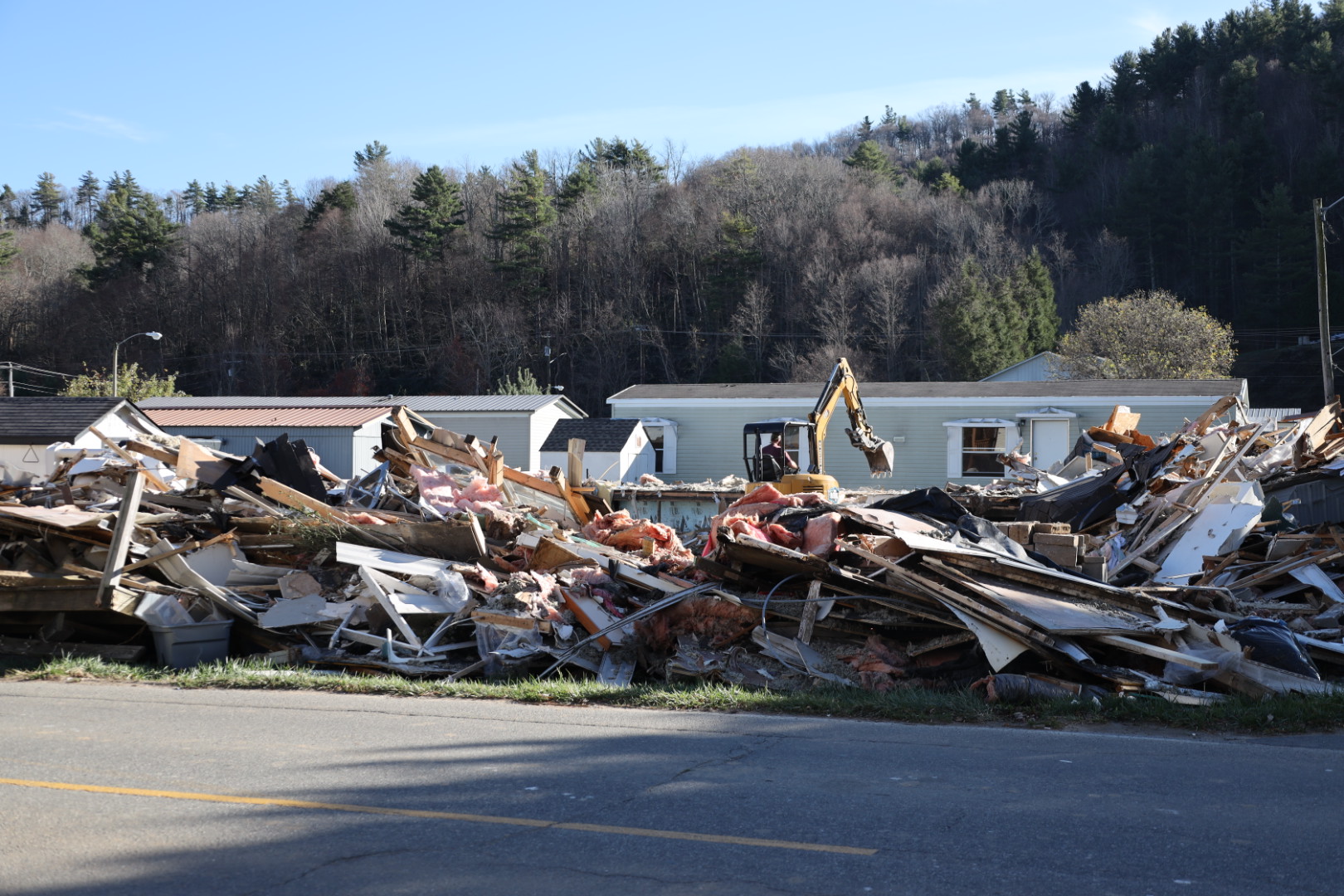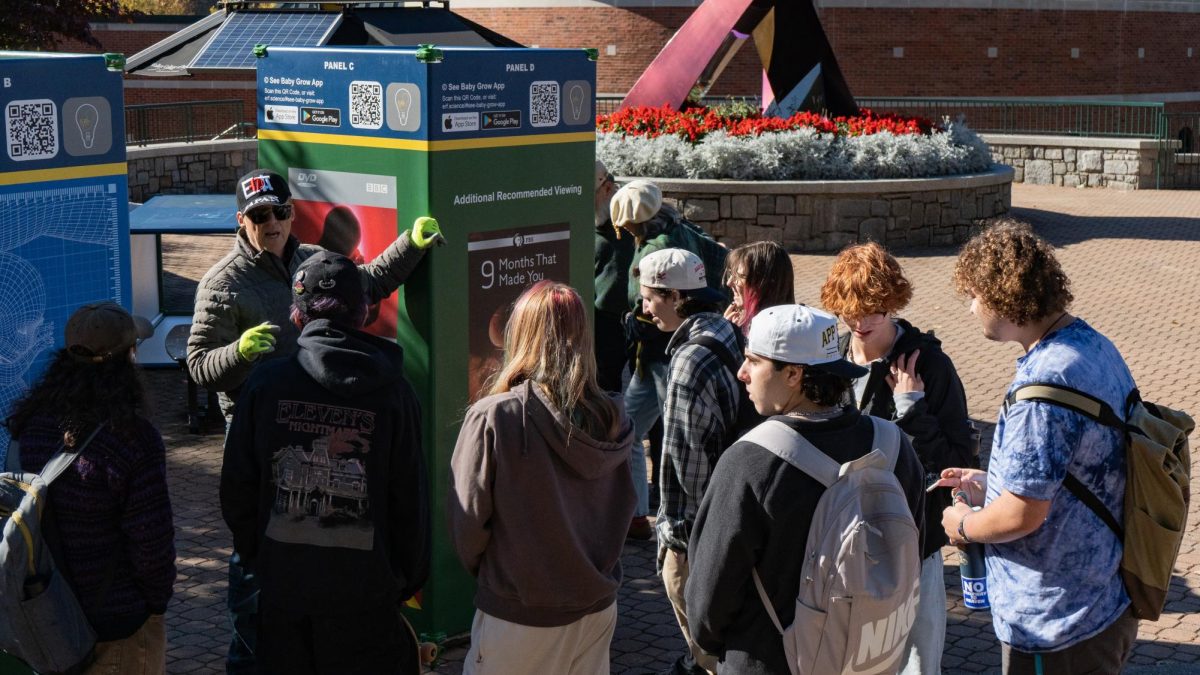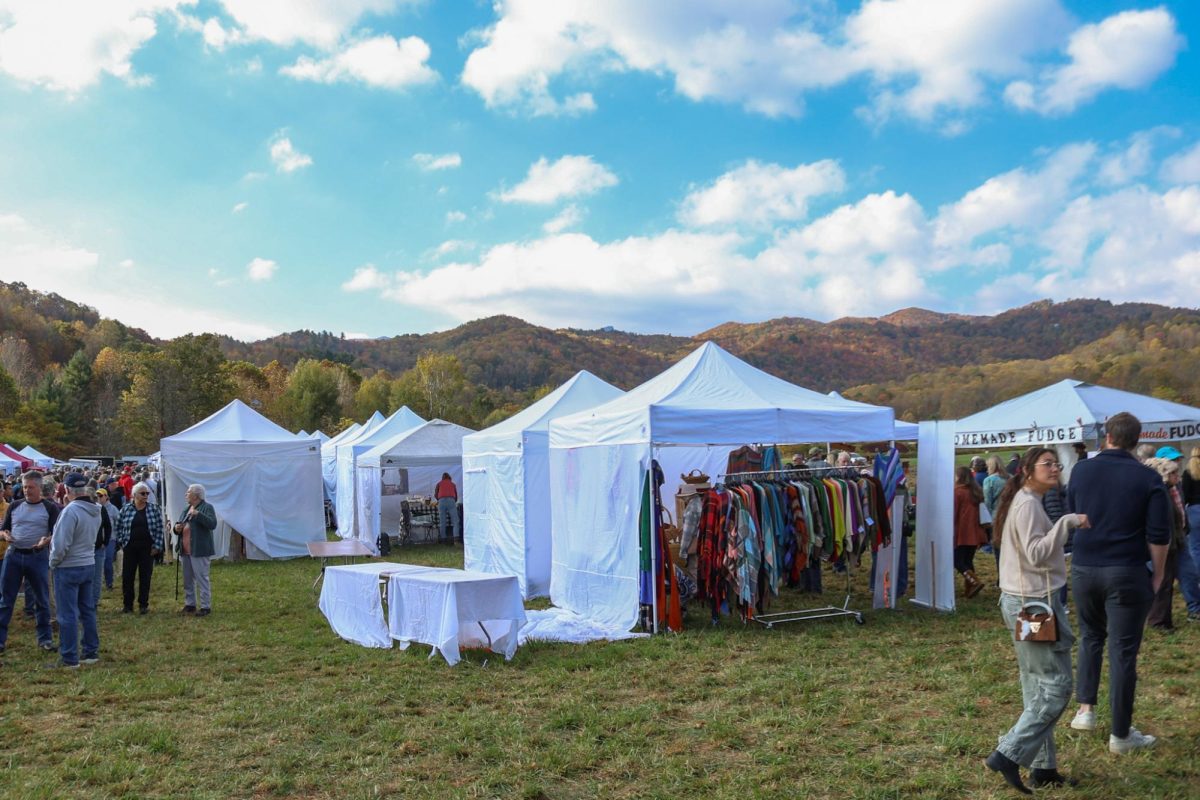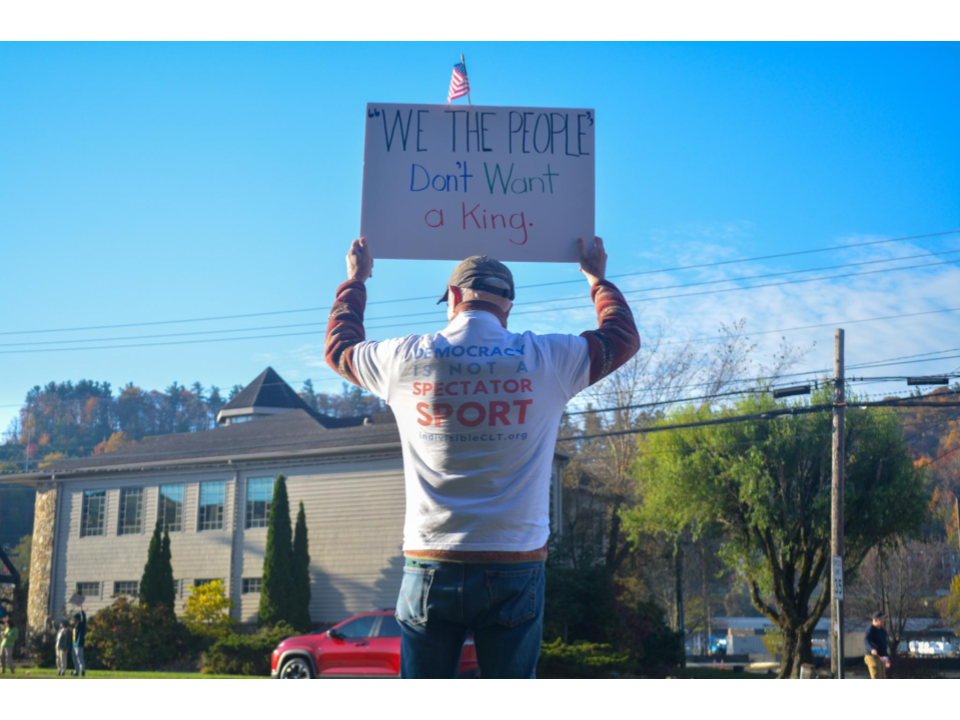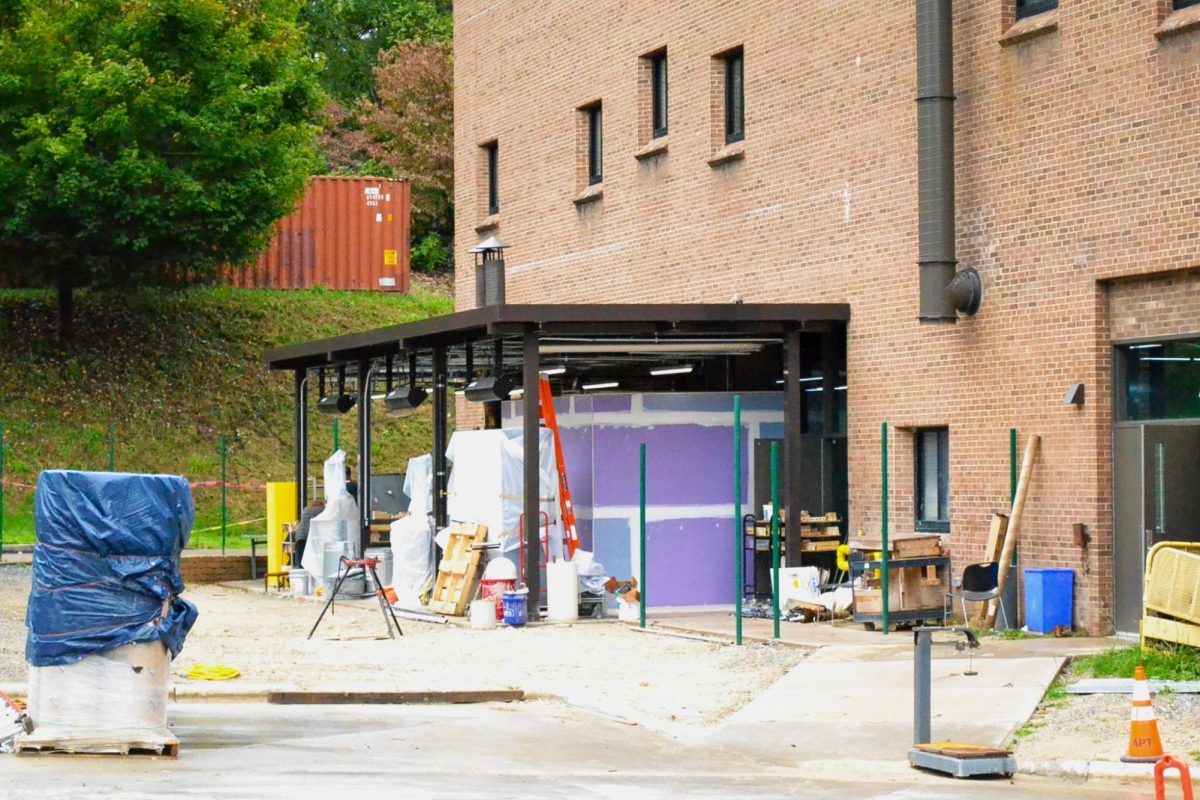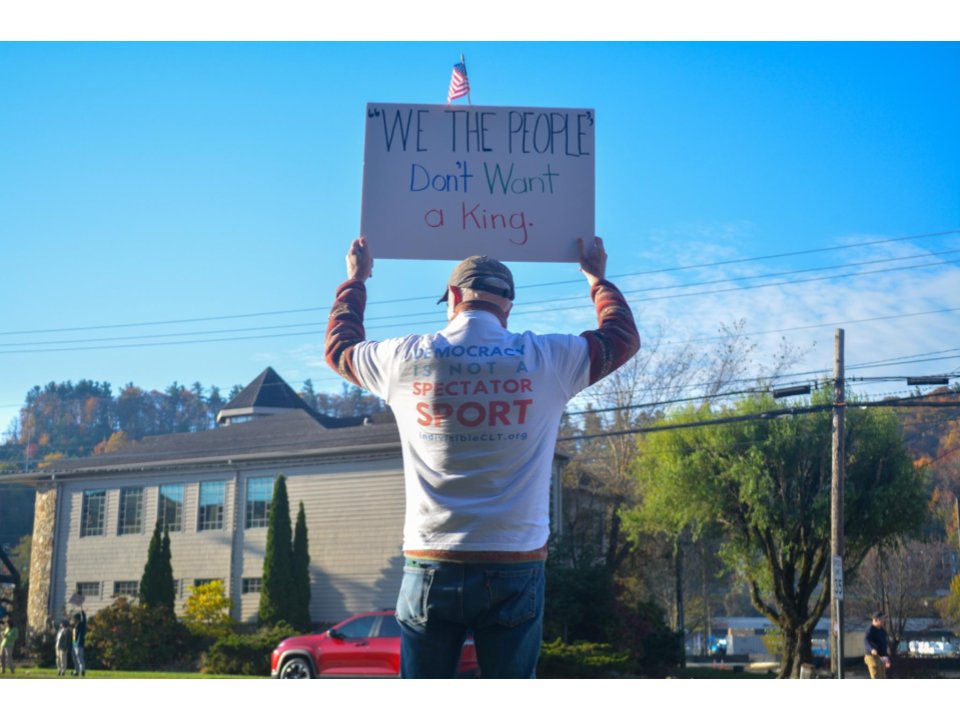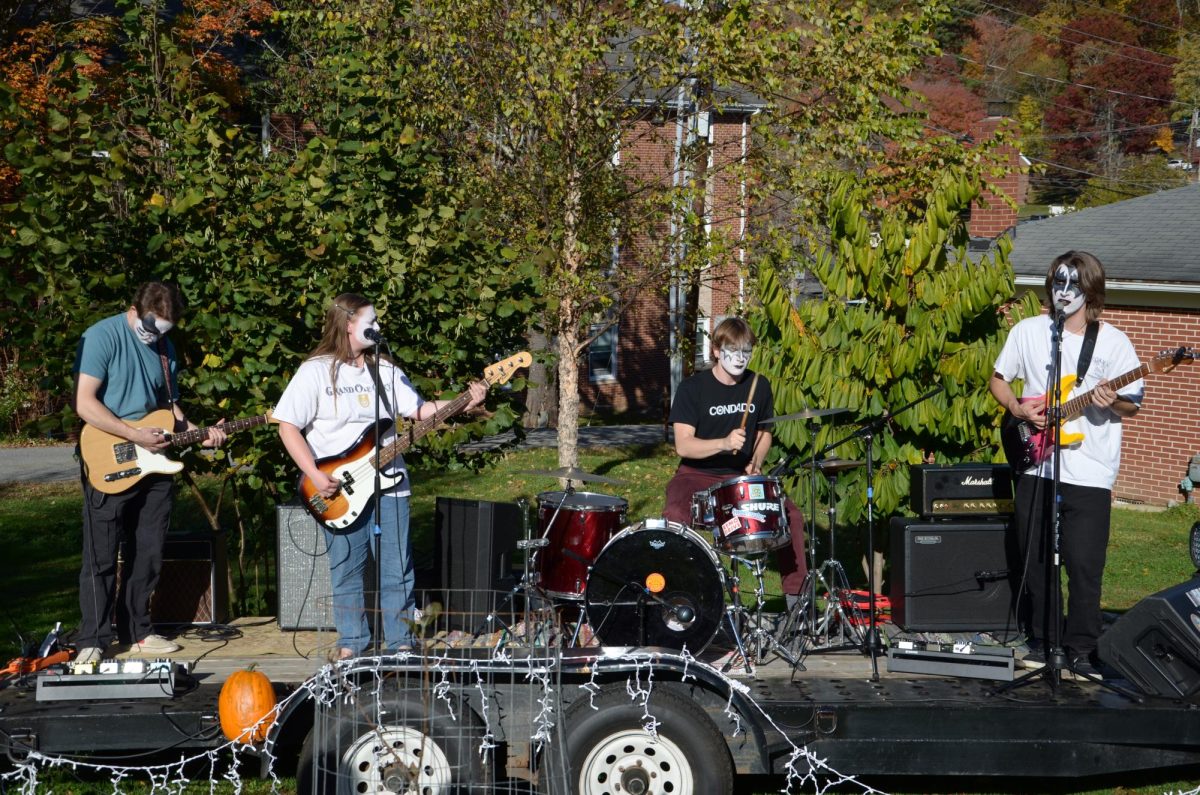Three days before Hurricane Helene, a local weatherman wrote his daily headline: “Bring it in, nail it down, shore it up.” Two days before the hurricane, “This is not a drill.”
On the morning of the storm, Sept. 27, Ray Russell gave his final warning, writing, “historic and catastrophic.”
Russell, a self-taught meteorologist and founder of the regional weather website Ray’s Weather Center, wrote those headlines in the days leading up to the storm.
“I got an email from a friend that said, ‘You don’t use that kind of language, so I knew that this was big,’” Russell said.
Almost two months have drifted by since the hurricane wreaked havoc across Western North Carolina, leaving a trail of destruction in its wake.
“It’ll take several months and probably a few years for the scars of the storm not to be visible and seen and felt,” Russell said.
The region is slowly rebuilding with the strength of the Appalachian people and everyone who helped in recovery efforts.
“I don’t know if anybody else felt this, but you know, even though I wasn’t affected that bad personally, just seeing how it destroyed so many lives and so much property was just a sickening feeling,” Russell said. “There’s going to be a massive amount of spending on rebuilding homes.”
Infrastructure
Baker Perry, a National Geographic Explorer and former professor of climate change in App State’s Department of Geography, said the power had yet to return to his family farm on Old Beech Mountain Road a month after Helene.
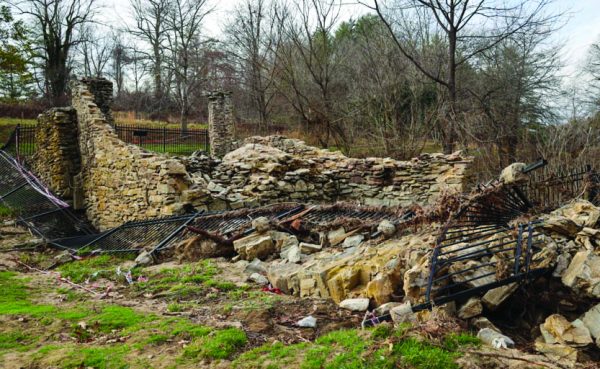
“Roads were completely washed away, bridges were carried away, and that’s gonna take years to rebuild that infrastructure,” Perry said. “The impacts are going to be long-lasting.”
Infrastructure in Boone is in the process of recovery. According to the North Carolina Department of Transportation, in the five weeks since Hurricane Helene devastated Western North Carolina, 1,005 roads have been reopened, hundreds more are being repaired and temporary bridges are being constructed.
“Helene made visible the fact that our infrastructure and design standards for roads and bridges and for what we call flood plains are very likely outdated,” Perry said. “The infrastructure is not consistent with the threats and climate we have now.”
Landscape
Known as the Fall Colors Guy for his fall foliage predictions, Howard Neufeld is a professor of plant ecophysiology in App State’s Department of Biology. He said there were hundreds of landslides.
“They’ve left scars on the landscape. It’s going to take a while for them to revegetate,” Neufeld said. “It could take years.”
Neufeld said to wait for winter because not much will grow, but next spring most of the areas will revegetate and people will slowly try to get their lives back.
According to the Preliminary Damage and Needs Assessment carried out by the North Carolina Office of State Budget and Management, damage to nursery plants will need multiple seasons to regrow. Natural landscapes at state and national parks may not return to ‘normal’ for years.
In addition to the ecological effects on the community, there are also significant economic ramifications, Neufeld said.
Economy
“Hopefully these mom-and-pop businesses can make it through this bad tourist season,” Neufeld said.
He said he estimates fall color tourism brings in over $1.5 billion just in September, October and November.
“Say we lost two-thirds of that. That’s $700 million lost to the economy,” Neufeld said.
The financial loss is compounded by the disruption of the key tourism season, highlighting the urgent need for governmental support.
“We just lost the biggest tourism season of the year, and, you know, we need our government leaders to step to the plate and help our tourism industry,” Russell said.
As the winter season approaches, Neufeld explained there is potential for the economy to stabilize and avoid further decline.
“Winter tourism won’t make up for the loss of fall tourism but it will keep it from getting worse,” Neufeld said.
Climate
Weather experts such as Russell and Perry have been discussing the effects climate change had on Hurricane Helene.
“It’s hard to say exactly how much of a role climate change played in this, but we know that there’s more water vapor in the atmosphere, so extreme rainfall events have become more common,” Perry said. “Even if we didn’t have a warmer climate, Helene would’ve been a very impactful storm, so I don’t want to undermine that.”
Five years ago, Perry wrote in the North Carolina Climate Science Report about the increased “threats of extreme floods, more intense hurricanes impacting the state and the fact that the design standards of our infrastructure are not really there.”
Perry said this is more likely than not going to be a part of the future.
The first time Russell heard of climate change was in the 1980s in his postdoctoral fellowship program at NASA Langley Research Center. He said the scientists who discovered the phenomenon came and spoke to the students.
“And that was the first I’d ever heard of warming,” Russell said.
He said the current generation of people is the first generation in human history to actually have the opportunity to create a sustainable world.
Russell said before there is talk about policy changes, the region needs to recover and “get everybody back to even keel.”
However, Russell advises Boone residents to think about how they can advocate for strengthened policies to make us more resilient.
“We’re going to have to, you know, make decisions in the next year, in the next five years to harden us up to the potential climate change,” Russell said.
He said it’s been expressed from the very beginning that the intensity of storms is going to increase and the extremes of weather are going to get bigger.
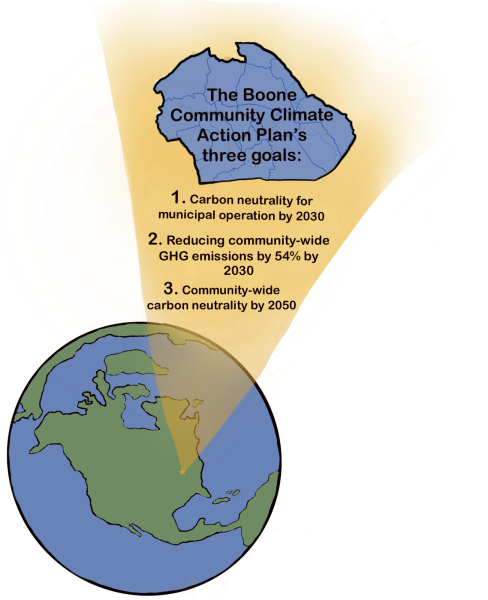
“That’s the reality of the climate we live in now,” Perry said.
Initiatives have already been implemented to address climate change this year in Boone.
For example, in March 2024, the Boone Town Council adopted the Boone Community Climate Action Plan. The Boone CCAP updates the municipal and community climate goals to achieve three key goals: Carbon neutrality for municipal operation by 2030, reducing community-wide GHG emissions by 54% by 2030 and community-wide carbon neutrality by 2050.
North Carolina Governor Roy Cooper wrote in the Preliminary Damage and Needs Assessment that the people of Western North Carolina are determined and tough.
“We will recover from this storm,” Cooper wrote.
Cooper said success for the region will depend upon significant investments in public infrastructure, housing, agriculture, schools and businesses.
“A lot of people are helping other people which is really good,” Neufeld said.

